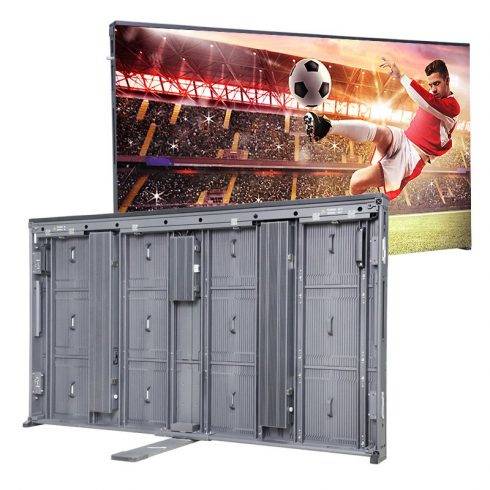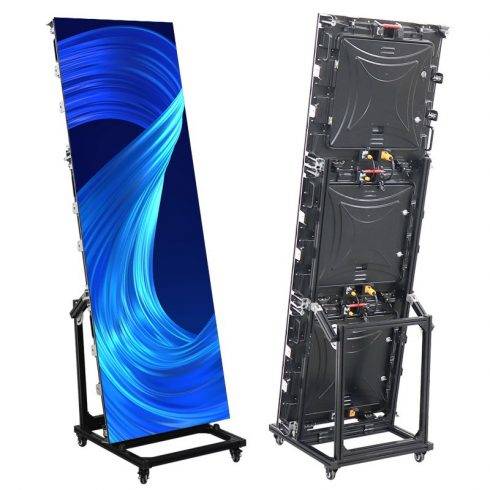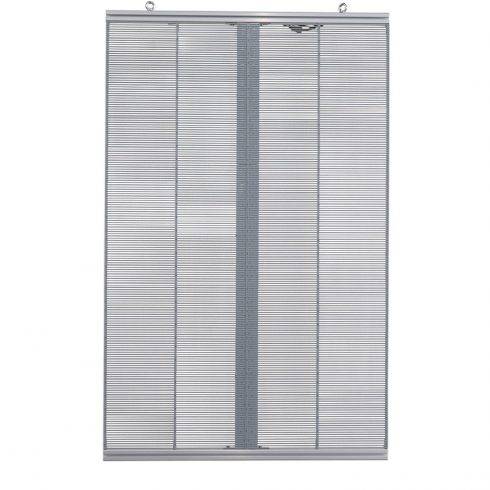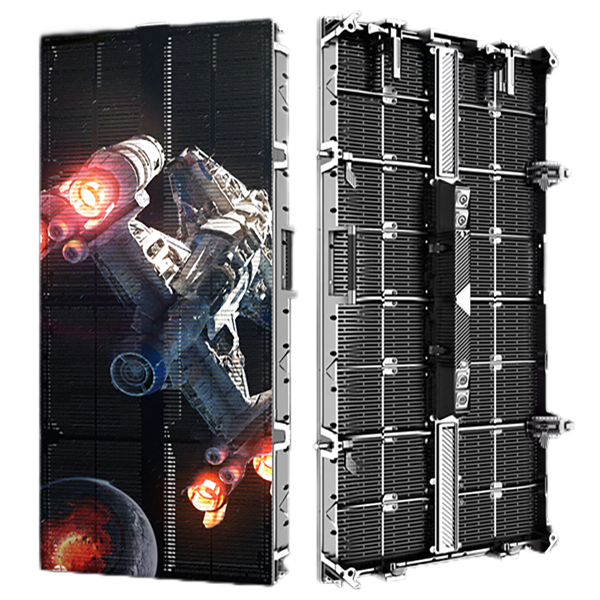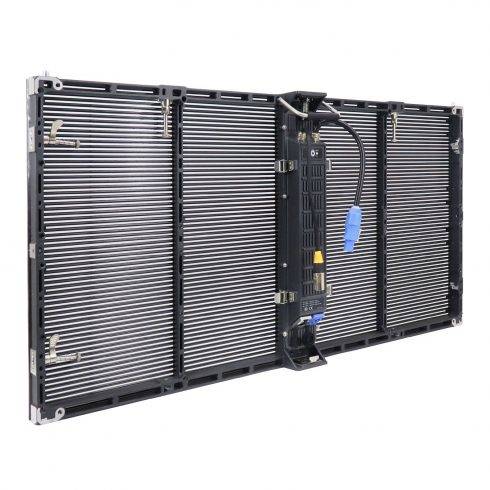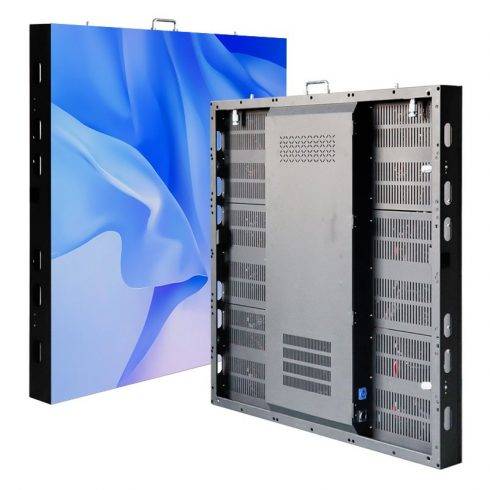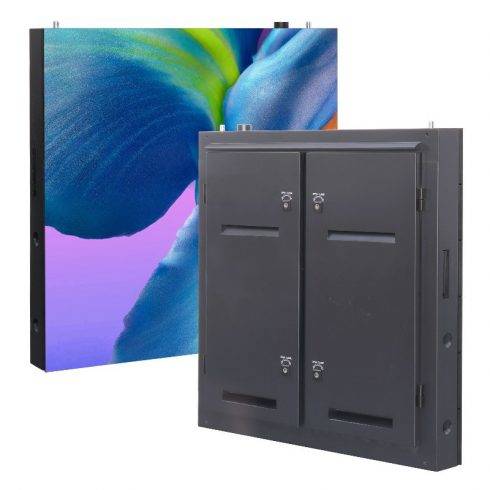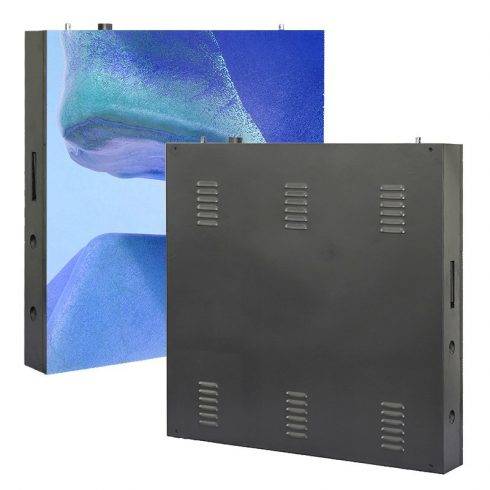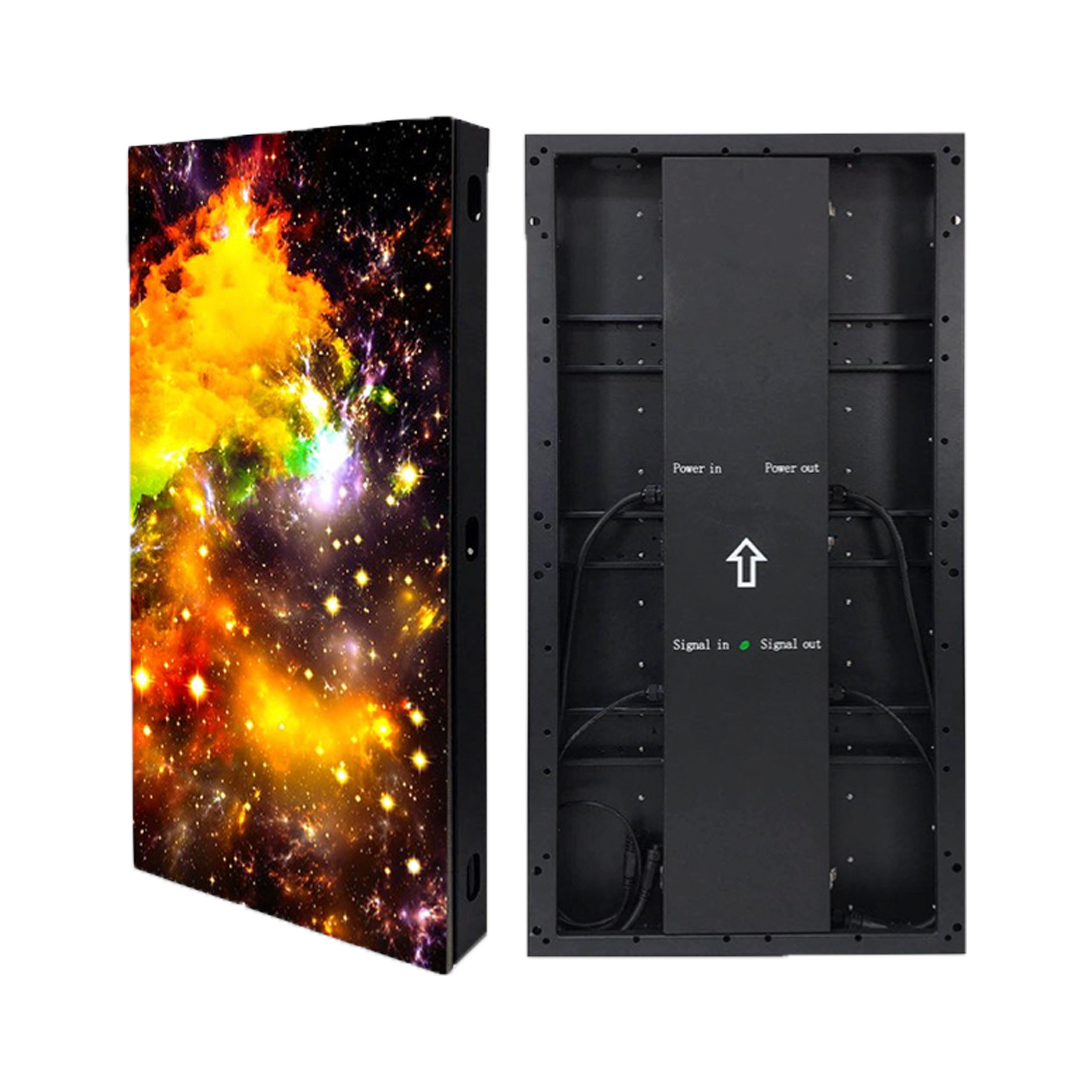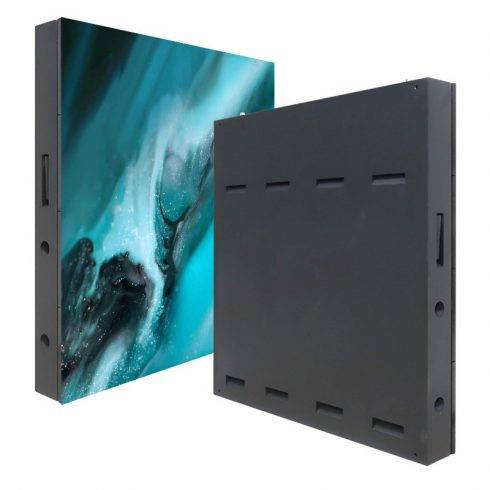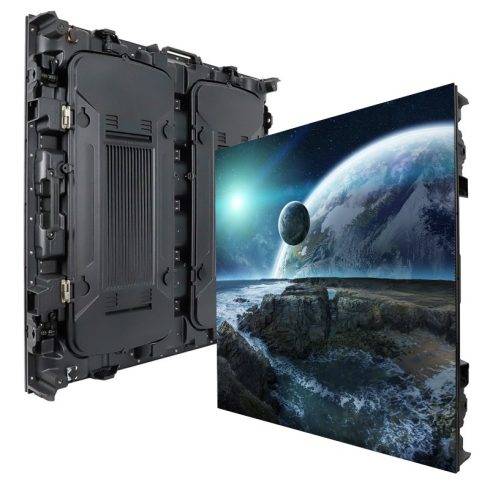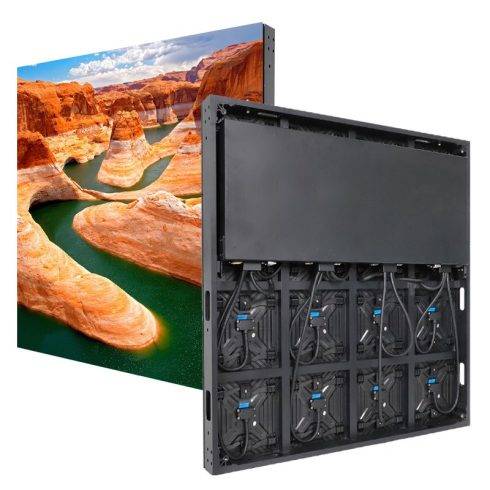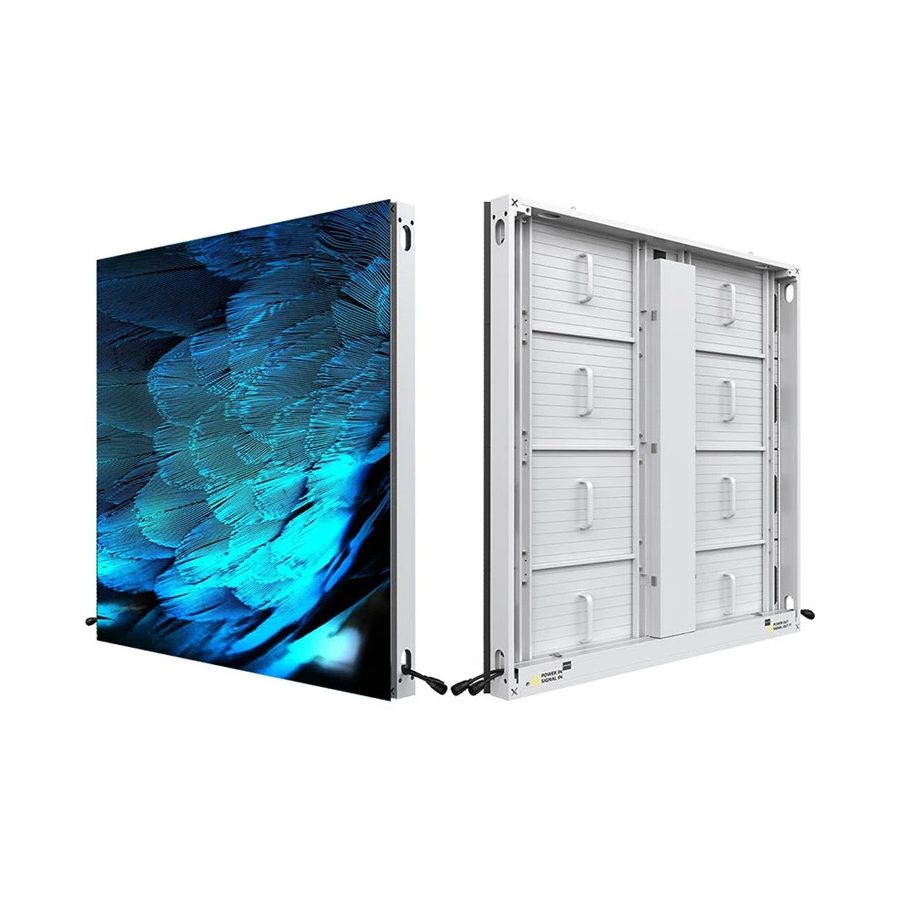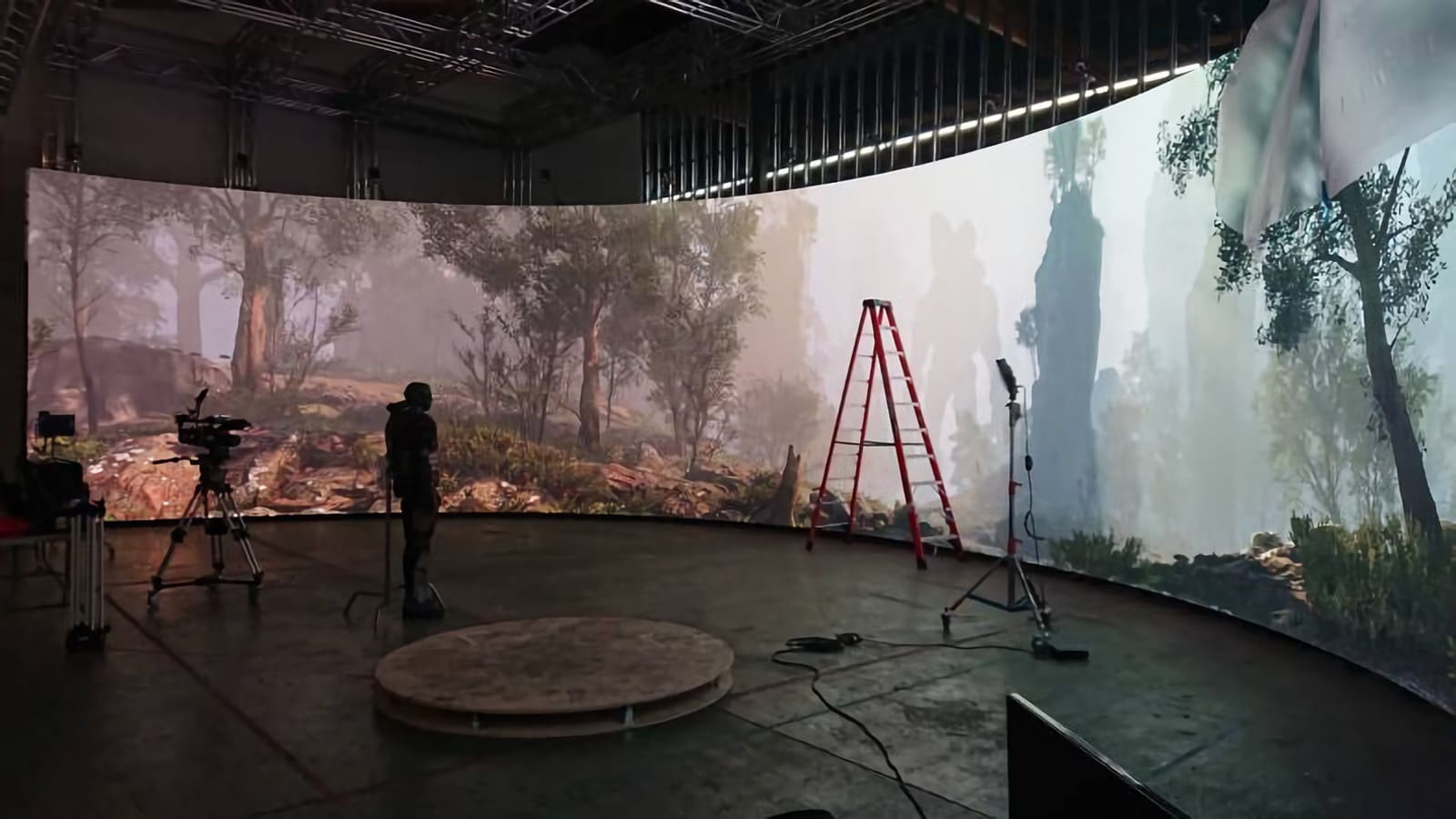Sports stadiums are no longer just venues for games; they are immersive entertainment hubs designed to captivate fans, amplify the live experience, and provide unmatched engagement. One of the key elements driving this transformation is the introduction and evolution of LED displays. These dazzling screens are now a staple in modern sports venues, reshaping how fans interact with games, players, and brands.
The Rise of LED Displays in Sports
LED (Light Emitting Diode) technology has come a long way since its inception. In the sports industry, the first wave of LED screens was used for basic scoreboard functions. Over time, advancements in technology allowed for dynamic video content, animations, and real-time statistics to be displayed. Today, LED displays are an essential component of stadium architecture, blending functionality with aesthetics to create a spectacle for fans.
LED displays have revolutionized the viewing experience by offering high-definition visuals, vibrant colors, and seamless transitions. Whether it’s a massive video board showcasing instant replays or perimeter screens promoting brands, these displays are the lifeblood of modern sports events.
Enhancing Fan Engagement
In the age of digital entertainment, capturing and retaining fan attention is more challenging than ever. Stadium LED displays bridge this gap by offering an interactive and immersive experience. Here’s how they enhance fan engagement:
- Real-Time Action: High-resolution LED screens ensure that every fan, regardless of their seat, has a clear view of the action. Instant replays, slow-motion highlights, and multi-angle shots add depth to the experience, ensuring no moment is missed.
- Dynamic Content: From player statistics to social media feeds, LED displays provide a steady stream of engaging content. Fans can interact with live polls, hashtag campaigns, and personalized messages during games.
- Themed Entertainment: LED displays set the tone for pre-game, halftime, and post-game shows. With synchronized lighting, animations, and music, they create an atmosphere that energizes the crowd.
- 360-Degree Immersion: Ribbon boards, located on the stadium’s facade, and perimeter displays wrap fans in a visual spectacle. This all-encompassing design ensures that fans are constantly connected to the action.
A Revenue Generator for Stadiums
Beyond entertainment, LED displays are a lucrative asset for stadiums. They provide extensive opportunities for sponsorship and advertising. Here’s why they’re a marketer’s dream:
- Targeted Advertising: Advertisements displayed on LED screens can be tailored to suit the audience demographics of each event. This level of customization increases the value for sponsors.
- Increased Visibility: With high brightness and sharp visuals, LED advertisements grab attention even in broad daylight or under floodlights.
- Multiple Streams: LED displays can simultaneously broadcast game content and advertisements, creating a dual revenue stream without compromising the fan experience.
- Interactive Campaigns: Brands leverage LED displays for interactive campaigns, like live voting or fan challenges, fostering a deeper connection with the audience.
Technological Advancements
Modern LED displays are a marvel of engineering, boasting features that were once unimaginable:
- 4K and Beyond: With the rise of ultra-high-definition (UHD) resolutions, LED screens deliver unmatched clarity and detail.
- HDR Technology: High Dynamic Range enhances contrast and color accuracy, creating visuals that are more lifelike and engaging.
- Flexible Design: Stadiums can now install curved or irregularly shaped LED screens, allowing for creative layouts that complement architectural designs.
- Energy Efficiency: Advanced LED displays consume less energy, making them an eco-friendly choice for large-scale venues.
- Augmented Reality (AR) Integration: Some stadiums are experimenting with AR overlays on LED screens, adding a futuristic layer to the fan experience.
Case Studies: Stadiums Leading the Way
- SoFi Stadium (Los Angeles, USA): Home to the NFL’s Rams and Chargers, SoFi Stadium boasts the largest video board in sports – a double-sided, 360-degree LED screen known as the “Infinity Screen.” It delivers immersive visuals and interactive content for fans in every seat.
- Tottenham Hotspur Stadium (London, UK): This state-of-the-art stadium features an impressive array of LED displays, including an 81-meter-long ribbon board and two giant screens, ensuring fans are always connected to the game.
- Mercedes-Benz Stadium (Atlanta, USA): The home of the Atlanta Falcons and Atlanta United FC features a circular LED halo board – the largest of its kind – offering unparalleled panoramic visuals.
The Future of LED Displays in Sports
The future of LED displays in sports is promising and innovative. Here’s what fans and stadiums can expect:
- AI-Driven Content: Artificial Intelligence will enable LED displays to adapt content dynamically based on crowd reactions, game progress, and audience behavior.
- Immersive Experiences: As AR and VR technologies advance, LED displays will likely play a central role in creating mixed-reality experiences for fans.
- Personalization: Stadiums might implement personalized displays, offering fans tailored content based on their preferences or ticket information.
- Sustainability: Eco-friendly LEDs and renewable energy sources will become standard, aligning with global sustainability goals.
- Integration with Smart Stadiums: As stadiums evolve into smart ecosystems, LED displays will serve as information hubs, providing real-time updates on everything from seat availability to concession stand wait times.
Conclusion
LED displays have become an integral part of the sports stadium experience, transforming how fans connect with the game and the venue. These technological marvels are not just tools for entertainment but also powerful platforms for engagement and revenue generation. As the technology continues to evolve, LED displays will only become more immersive, interactive, and essential, illuminating the path to the future of sports entertainment.







